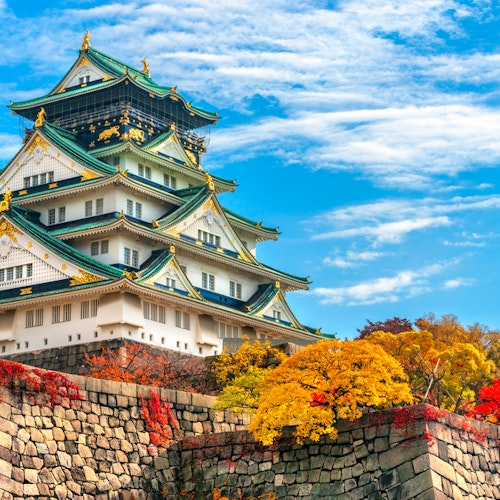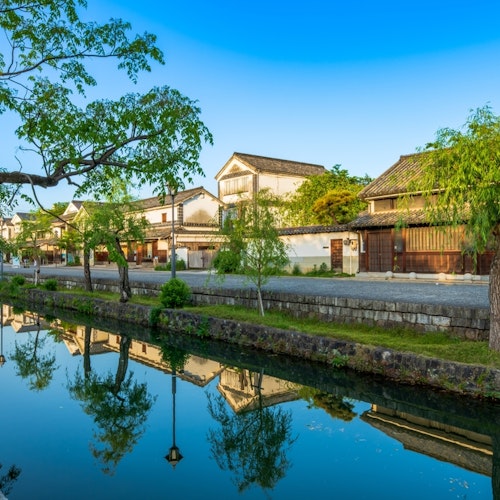
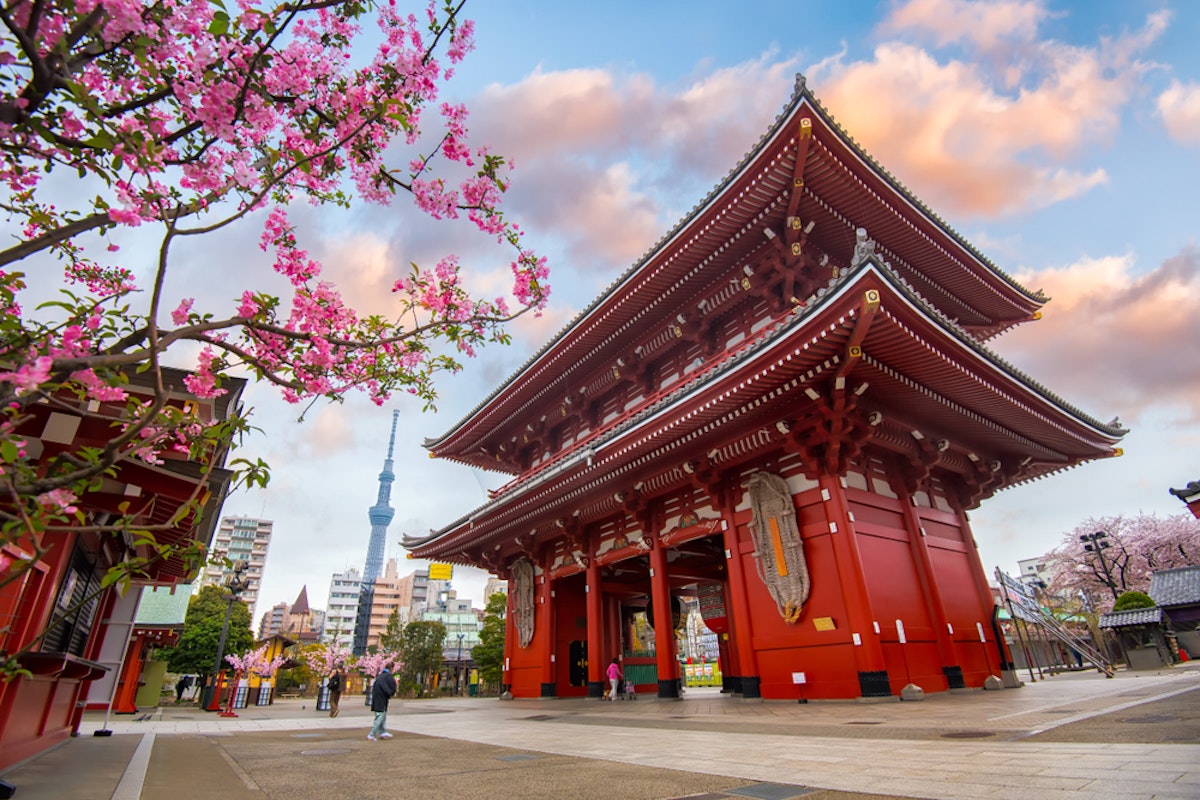
If you have ever dreamed of visiting Japan, you have probably also asked yourself one important question. How much money do I need to actually go there? Japan has a reputation for being expensive, but the truth is more balanced than you might think. Some things do cost a lot, but many others are surprisingly affordable.
Let’s walk through the costs of traveling in Japan in 2025. This post will explore everything from flights and accommodation to daily meals, train passes, and even little extras like shopping and entertainment. No matter your travel style, this guide will help you plan your budget better.
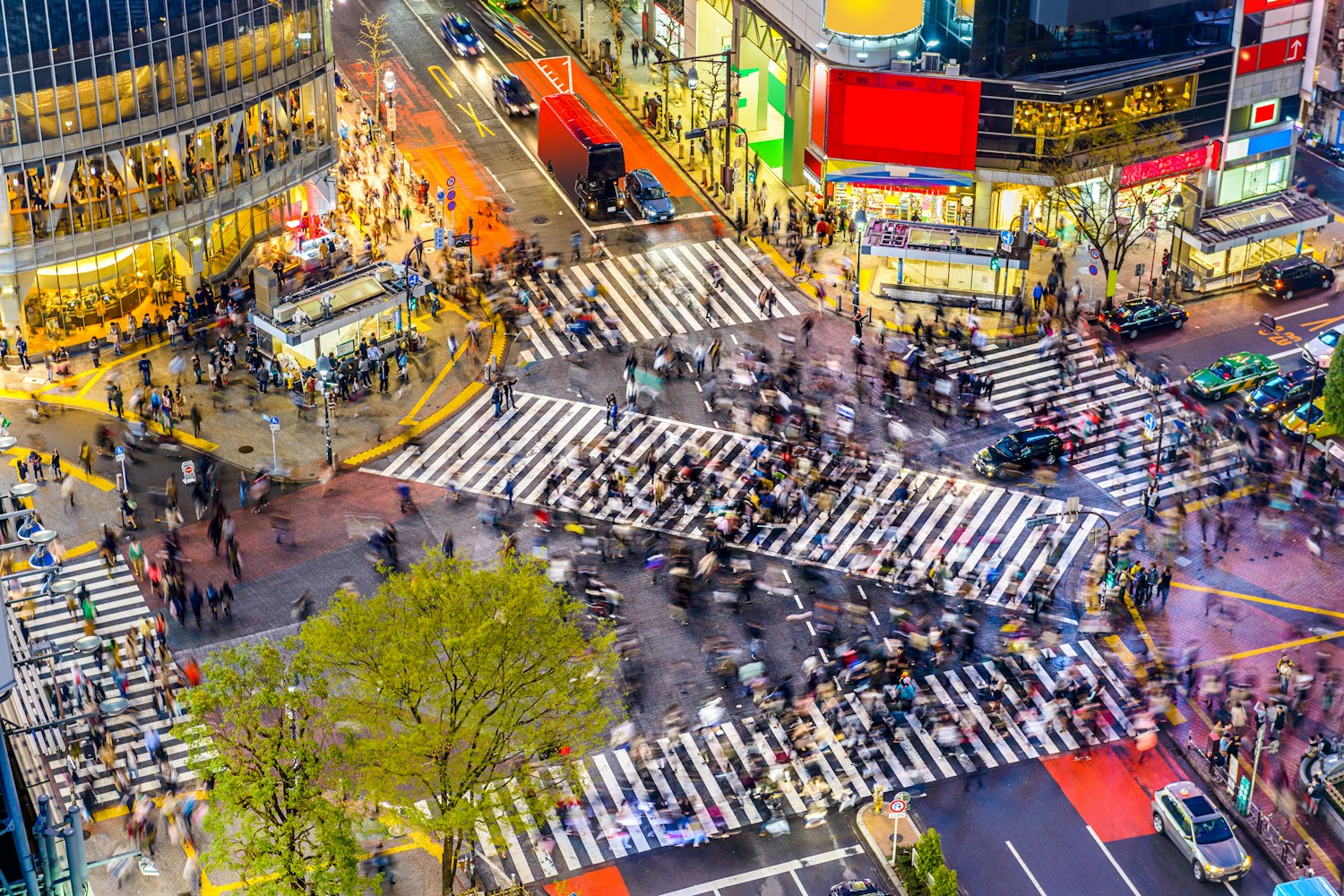
Getting to Japan is likely your biggest expense, and flight costs depend on where you’re flying from, the time of year, and how far in advance you book. If you’re coming from the United States, expect to pay anywhere from $500 to $1,500 for a round-trip economy ticket.
From Europe, prices typically range between €600 and €1,200, while travelers from Australia might spend AUD 800 to AUD 2,000. These ranges assume you’re booking a few months ahead and avoiding peak seasons like cherry blossom season (March to April) or New Year’s.
To save on flights, consider traveling during shoulder seasons, like late fall (October to November) or early spring (May). Booking platforms like Skyscanner or Google Flights can help you find deals, and setting price alerts is a smart move. If you’re flexible with dates, midweek flights are often cheaper than weekends.
For example, a Tuesday flight from Los Angeles to Tokyo might save you $100 compared to a Saturday one. Budget airlines like Scoot or AirAsia can also cut costs, especially if you’re flying from Asia, but watch out for extra fees on luggage or meals.
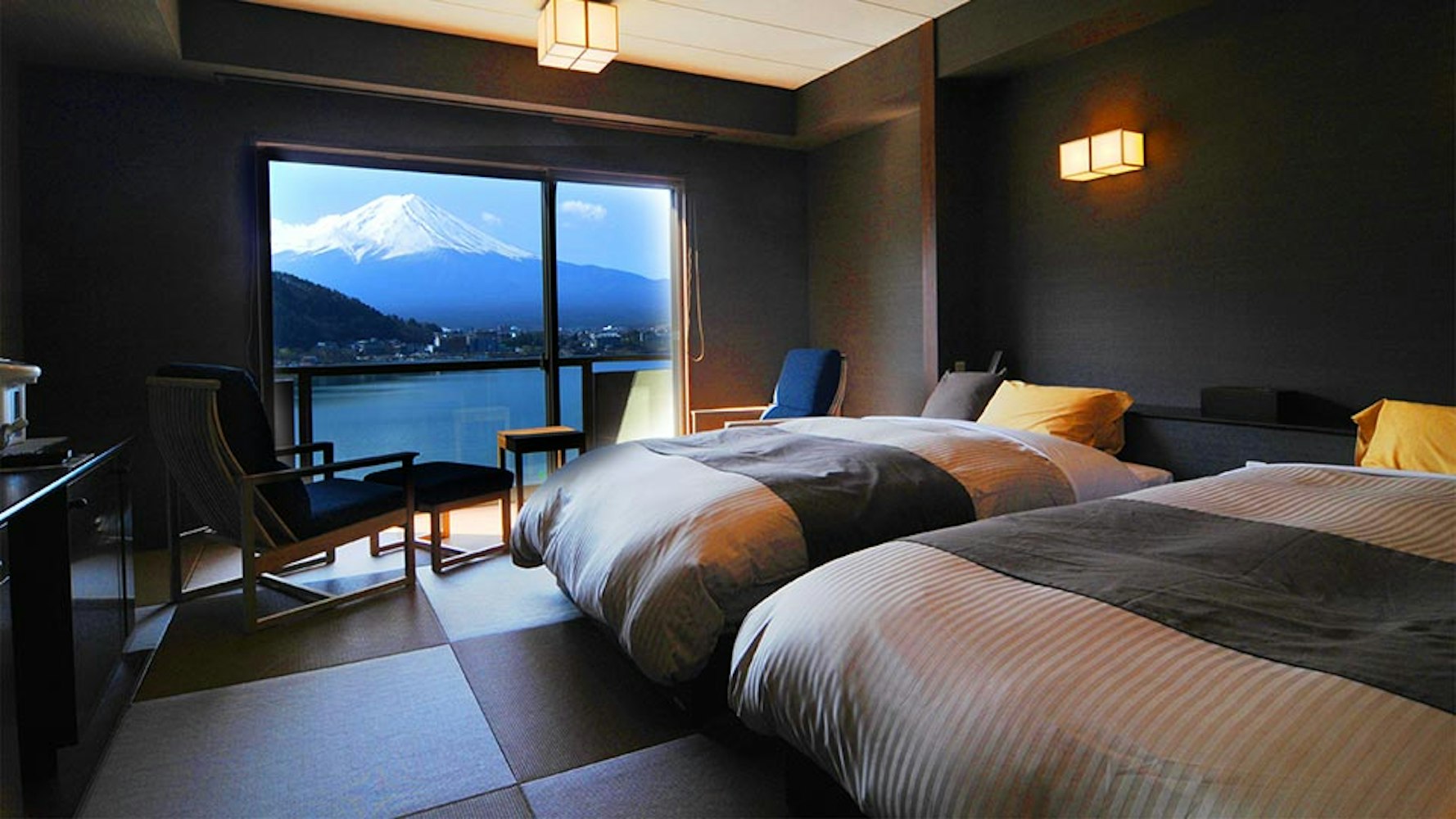
Where you stay in Japan can make or break your budget. The good news? There’s something for everyone, from cheap hostels to luxury ryokans (traditional Japanese inns). On the low end, hostels and capsule hotels in cities like Tokyo or Osaka cost $20 to $50 per night. These are great for solo travelers or those who don’t mind shared spaces. A capsule hotel, for instance, gives you a cozy pod to sleep in, often with shared bathrooms and cool common areas.
Mid-range options, like budget hotels or Airbnb, typically run $40 to $150 per night. These might include small business hotels with compact rooms but handy amenities like free Wi-Fi or breakfast. If you’re after something special, like a ryokan with hot springs and kaiseki (multi-course) meals, expect to pay $170 to $200 per night. Cities like Kyoto and Hakone are famous for these, but book early—they fill up fast.
To keep costs down, stay in less touristy areas or book well in advance, especially for popular spots like Kyoto during cherry blossom season. Sharing an Airbnb with friends can also split costs, and sites like Booking.com often have deals if you’re flexible. For a 10-day trip, budgeting $50 to $100 per night per person is a safe bet for most travelers.
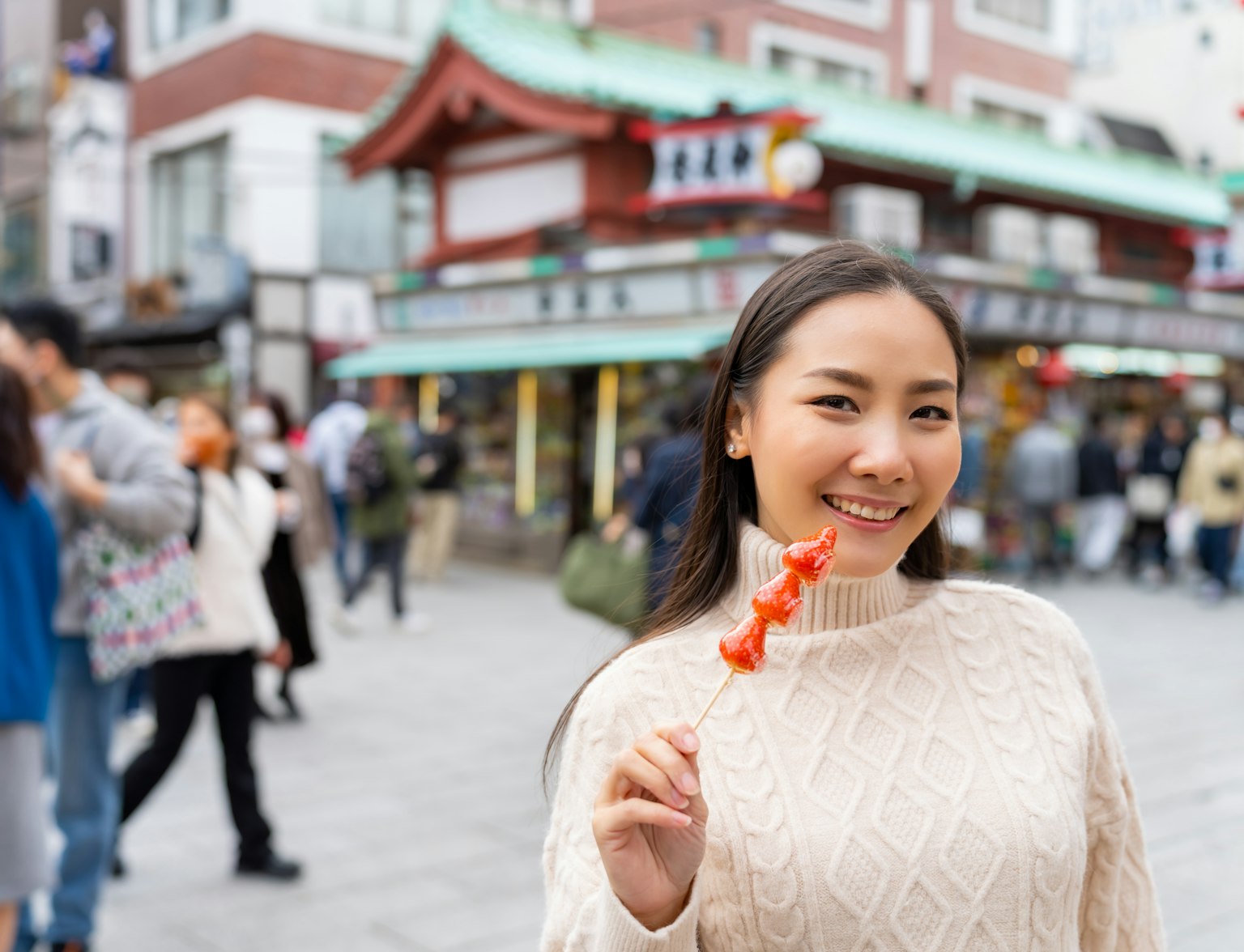
Explore Tokyo's culinary secrets on a 4-hour guided food tour.
Japanese food is a highlight of any trip, and you can eat like a king without breaking the bank. Street food and casual spots like ramen shops or conveyor-belt sushi joints are budget-friendly. A bowl of ramen costs $6 to $12, while sushi plates at places like Sushiro start at $1 per plate. Convenience stores like 7-Eleven or Lawson offer surprisingly tasty meals, like onigiri (rice balls) or bento boxes, for $3 to $8.
Mid-range restaurants, like izakayas (Japanese pubs) or family-run diners, charge $10 to $20 per person for a full meal. If you’re craving something fancy, like a kaiseki dinner or high-end sushi, expect $50 to $150 per person. Drinks add up too—beers cost $4 to $8, and sake ranges from $5 to $15 per glass at restaurants.
To save, eat at local spots away from tourist traps, and don’t shy away from convenience stores for quick meals. Lunch sets are often cheaper than dinner, sometimes by half. For a 10-day trip, budgeting $20 to $50 per day for food works for most travelers, depending on how often you splurge.
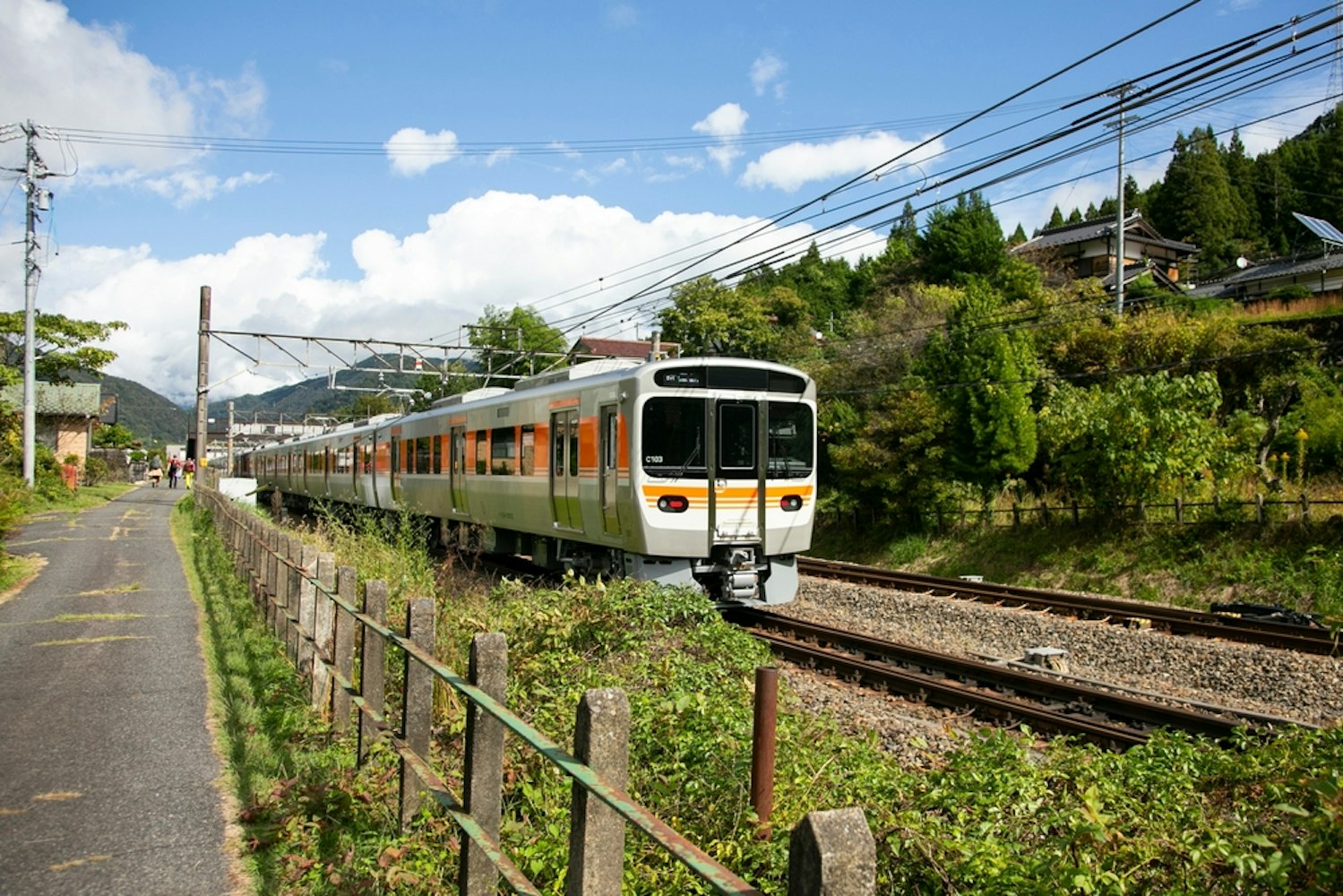
Japan’s transportation system is world-class, but it’s not always cheap. The Shinkansen (bullet train) is a must for zipping between cities like Tokyo, Kyoto, and Osaka, but tickets can sting. A one-way ticket from Tokyo to Kyoto costs about $120 to $150. If you plan to visit multiple cities, the Japan Rail Pass is a game-changer. A 7-day pass costs around $300 and covers unlimited rides on most Shinkansen and JR trains. For a two-week trip hitting several cities, this pass can save you hundreds.
Local transport, like subways and buses, is more affordable. In Tokyo, a single subway ride costs about $1.50 to $3, and daily passes (around $10) can save money if you’re exploring a lot. Buses in smaller cities like Hiroshima might cost $1 to $2 per ride. Renting a car is an option for rural areas, but it’s pricey—$50 to $100 per day, plus gas and tolls. Most travelers stick to public transport for convenience and cost.
To save, plan your itinerary to maximize a JR Pass, and use apps like Hyperdia to find the cheapest routes. Walking or biking in cities like Kyoto can also cut costs while letting you soak in the sights. For a 10-day trip, budget $300 to $500 for transport, depending on how much you move around.

Discover Japan without limits with our all-access JR Pass!
Japan’s attractions range from free temples to pricey theme parks. Many shrines and temples, like Tokyo’s Meiji Jingu or Kyoto’s Fushimi Inari, are free to visit, though you might spend $1 to $5 on offerings or charms. Museums and castles, like Osaka Castle or the Tokyo National Museum, charge $5 to $15 for entry. Theme parks like Tokyo Disneyland or Universal Studios Japan cost $50 to $80 per ticket.
Guided tours, like a tea ceremony in Kyoto or a food tour in Osaka, run $30 to $100 per person, depending on the experience. If you’re into outdoor activities, skiing in Hokkaido or hiking in the Japanese Alps might require gear rentals or passes, costing $20 to $50 per day.
To keep costs low, prioritize free or low-cost sites, like parks or historic districts. City passes, like the Osaka Amazing Pass, bundle attractions and transport for discounts. For a 10-day trip, budget $100 to $300 for activities, depending on how many paid attractions you visit.
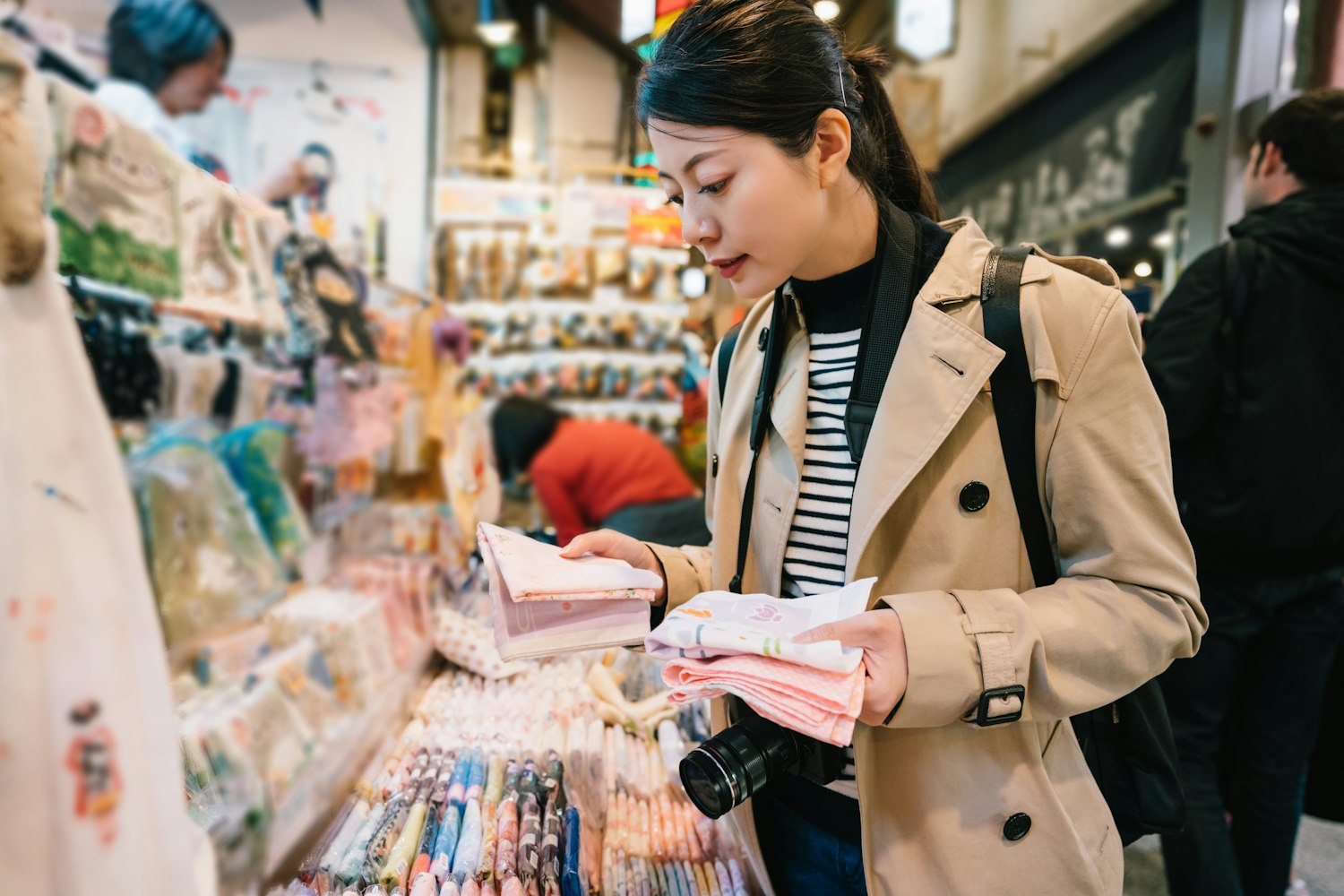
Japan is a shopper’s paradise, from quirky trinkets to high-end electronics. Small souvenirs, like keychains or postcards, cost $2 to $10. Traditional items like kimonos or pottery can range from $20 to $100, depending on quality. If you’re eyeing tech gadgets or anime merch, prices vary wildly—think $10 for a figurine or $500 for a fancy camera.
To save, shop at 100-yen stores (like Daiso) for cheap, fun souvenirs, or hit flea markets for unique finds. Tax-free shopping is available at many stores for tourists, so bring your passport. Budgeting $50 to $200 for souvenirs over 10 days is reasonable, but set a limit if you’re prone to impulse buys.
Unexpected expenses can sneak up. For example, some restaurants add a small “table charge” (around $2 to $5), and tipping isn’t common, so you don’t need to worry about that. Wi-Fi rentals, like pocket Wi-Fi devices, cost $5 to $15 per day for data, though some accommodations include free Wi-Fi. Travel insurance is another cost—$30 to $100 for a 10-day trip, depending on coverage.
If you’re visiting during peak seasons, prices for everything from hotels to flights can spike. Also, some attractions require reservations, and missing them could mean extra costs for last-minute plans. Budget an extra 10% to 15% of your total trip cost for surprises.
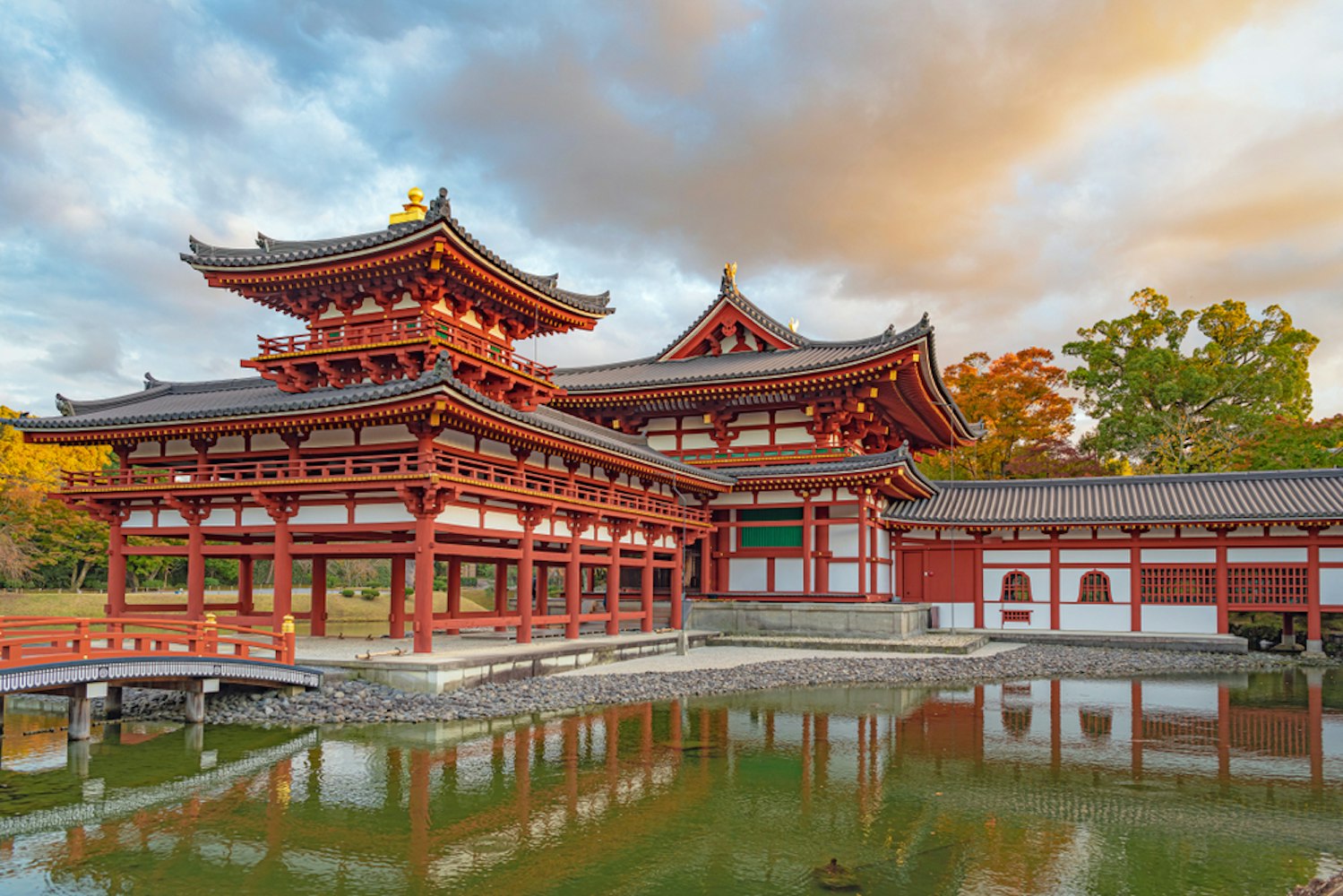
Let’s break it down with a sample budget for a 10-day trip for one person, assuming a mid-range traveler:
Flights: $800 (round-trip from the U.S., booked in advance)
Accommodation: $700 ($70 per night for budget hotels or Airbnb)
Transportation: $400 (JR Pass plus local subway fares)
Food: $300 ($30 per day for a mix of cheap and mid-range meals)
Attractions: $150 (mix of free and paid sites)
Souvenirs: $100 (small keepsakes and gifts)
Miscellaneous: $100 (Wi-Fi, insurance, small extras)
Total: $2,550
This is a rough estimate, and your costs could be lower if you’re super frugal or higher if you splurge. Solo travelers might spend less on shared costs, while couples or groups can split accommodation.
Japan doesn’t have to be crazy expensive, but it’s not dirt-cheap either. A budget traveler can get by on $100 to $150 per day, while mid-range travelers might spend $200 to $300 per day. Luxury travelers could easily hit $500 or more. The key is planning ahead, prioritizing what matters to you, and using hacks like the JR Pass or eating local to save.
Your Japan trip cost depends on your travel style, but with a solid budget and some smart choices, you can have an unforgettable adventure without draining your wallet. Start saving, book those flights, and get ready to explore Japan’s incredible culture, food, and sights. Have any tips or questions about budgeting for Japan? Drop them below, and happy travels!
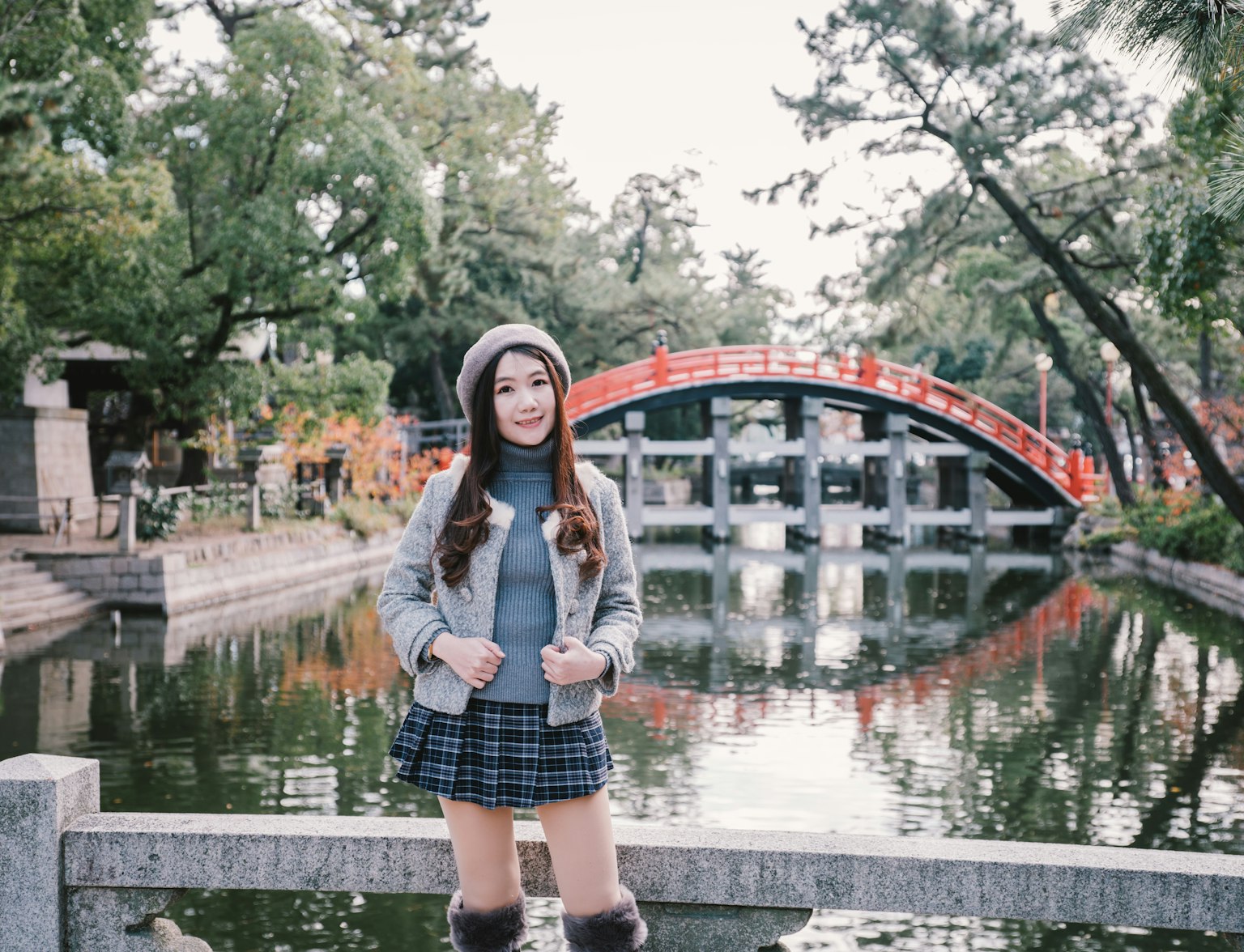
Experience the magic of Osaka with your own private guided tour!

